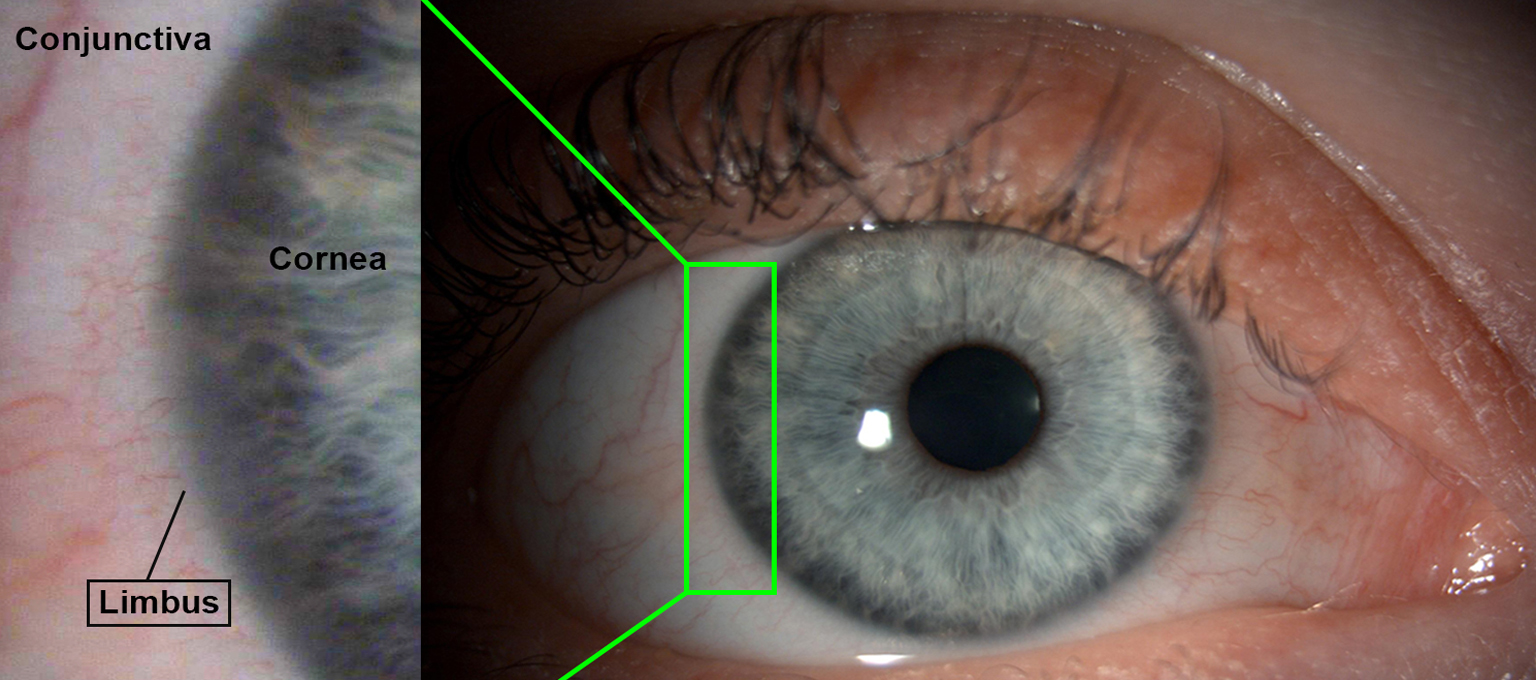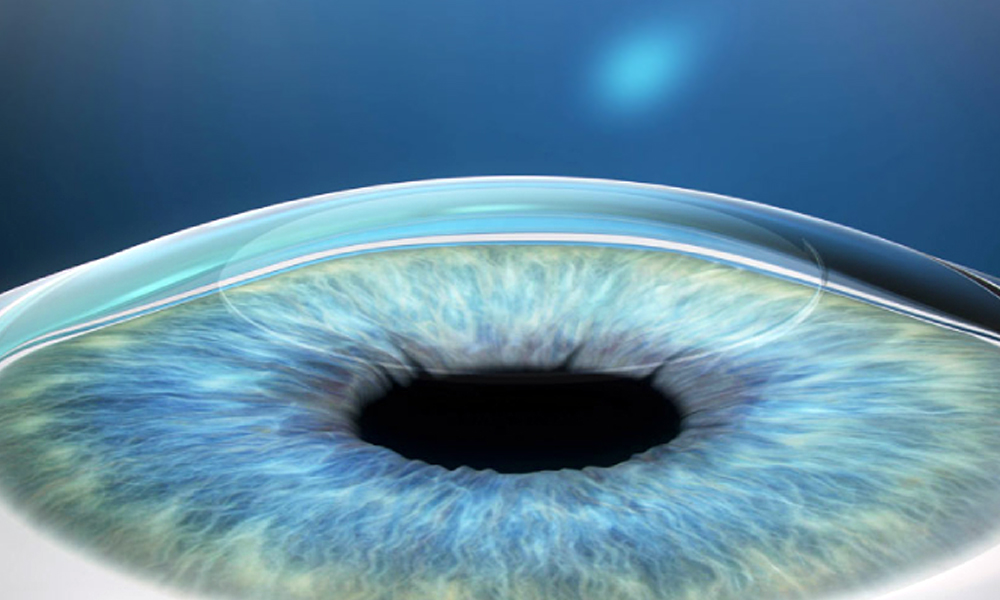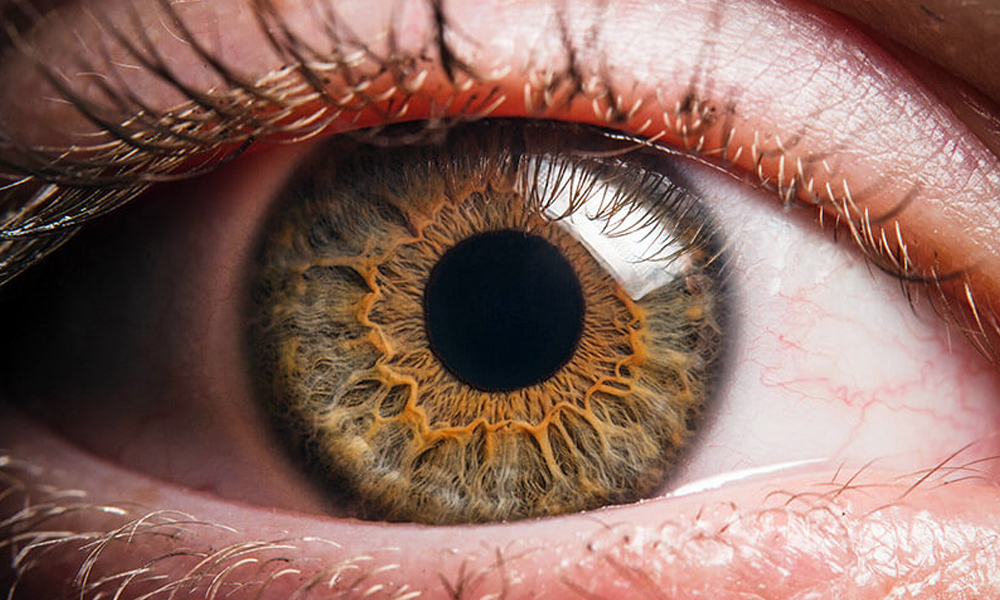The human cornea is comprised of six different cell layers:
Epithelium, Bowman’s Layer, Stroma, Dua’s Layer, Descemet’s Membrane and Endothelium. The epithelium is the outermost layer of the cornea and accounts for about 10% of the cornea tissue’s thickness.

Injuries to the outer surface may be due to: Abrasions — Includes scratches or scrapes on the surface of the cornea. Chemical injuries — Caused by almost any fluid that gets into the eye. Contact lens problems — Overuse, poor fit, or sensitivity to contact lens care solutions.


Any Questions find here.
In penetrating keratoplasty, the entire cornea is replaced with a donor tissue. However, in a newer procedure called lamellar keratoplasty, only the damaged layers are replaced with a donor graft, and the healthy part of the cornea is left intact.
The cornea is a transparent avascular tissue that acts as a structural barrier and protects the eye against infections. [1] Along with the tear film, it provides proper anterior refractive surface for the eye. Cornea contributes to two-third of the refractive power of the eye.
- Laser treatment. To treat some corneal dystrophies and other conditions, doctors can use a type of laser treatment called phototherapeutic keratectomy (PTK) to reshape the cornea, remove scar tissue, and make vision clearer.
- Corneal transplant surgery.
- Artificial cornea.
LASIK uses an excimer laser (an ultraviolet laser) to remove a thin layer of corneal tissue. This gives the cornea a new shape so that light rays are focused clearly on the retina. LASIK causes the cornea to be thinner. LASIK is an outpatient surgical procedure.
We can’t correct our vision without professional help, and there’s no quick-and-easy fix for eyesight problems. But with tools such as good nutrition and diet, you can still help your eyesight naturally and on your own. As always, please discuss with your eye doctor.

Follow us.